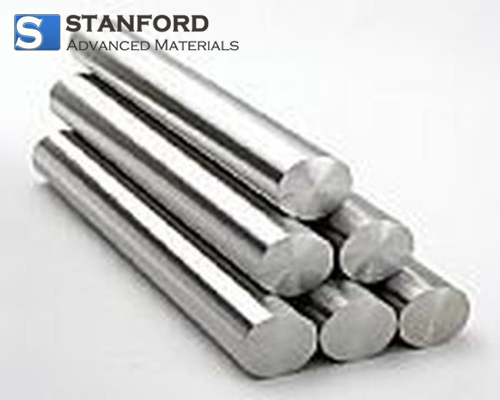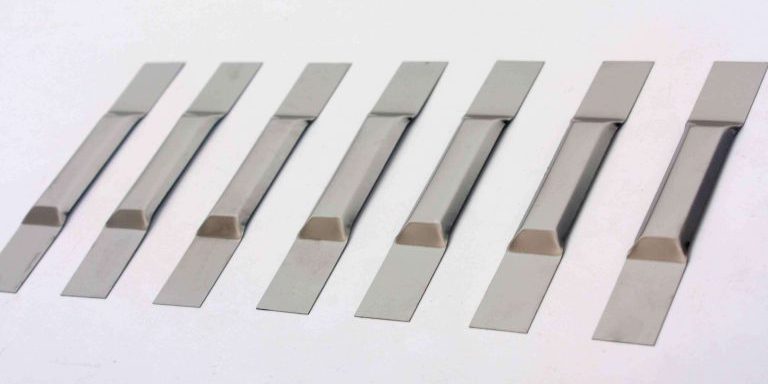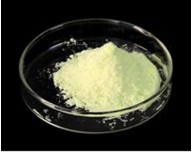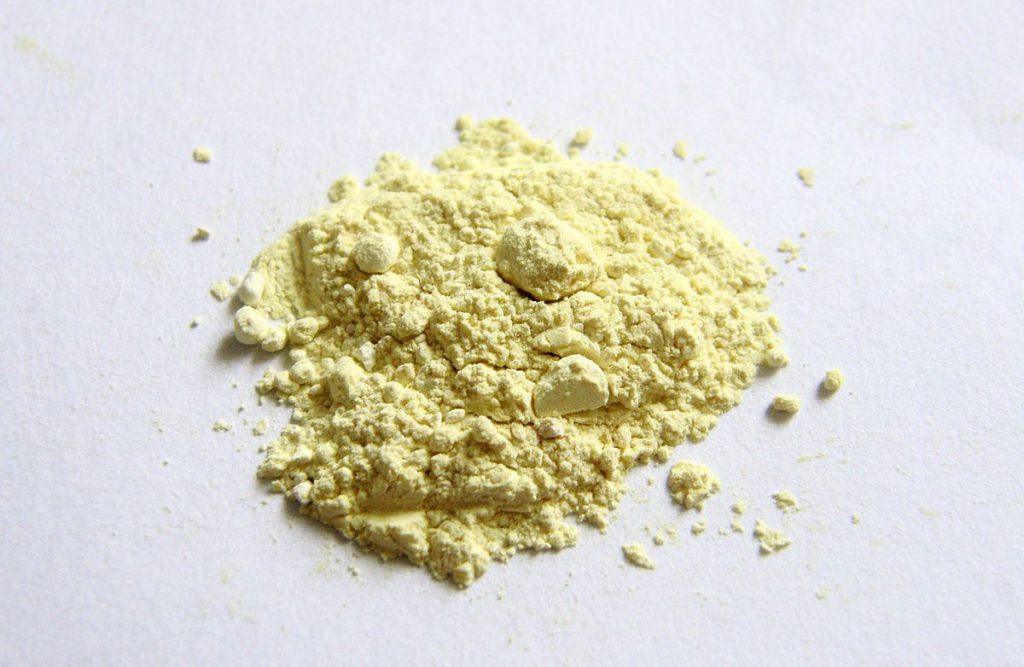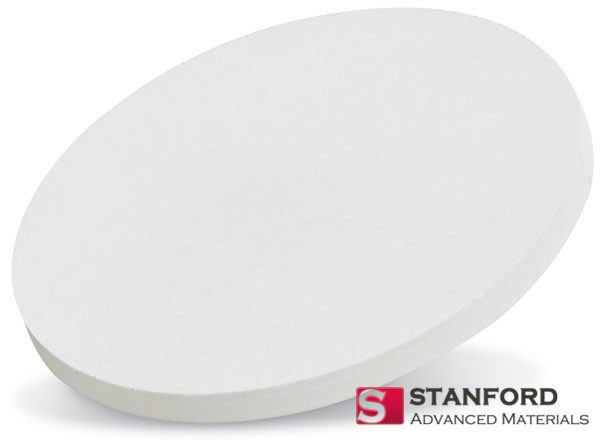Medical uses of silver
Silver is used in many medical applications due to its antibacterial properties. Most medical devices, such as bandages, wound cleansers, catheters, pacemakers, valves and feeding tubes, that comes into contact with the body contain silver. The hospital also uses silver in air ducts to prevent certain conditions, such as Legionnaires Disease.
Silver for textiles
The thermal and biological properties of silver make it an ideal choice for the commercial textile industry. Silver is used in the anti-microbial properties of high-end sportswear to inhibit the growth of bacteria that can cause odors. Traditionally, silver and gold threads have been woven into clothing.
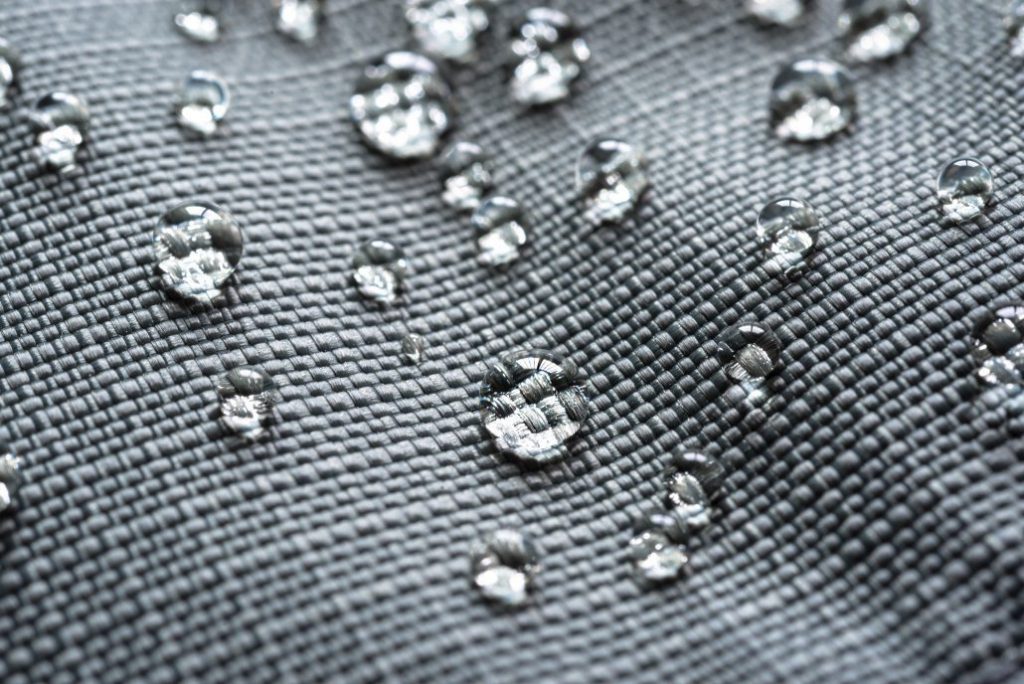
Silver for food and water
Silver will play an important role in the food industry in the next decade. The US Food and Drug Administration has approved the addition of silver to bottled water to help kill bacteria, which opened the door for major municipalities to use white water for clean water at local communities, cities and state levels. Silver tip cutting tools are used for meat processing. It is also used in the processing of milk, cheese making and baking.
Silver superconductor
Another important use of silver is as a superconductor, mainly for large industrial and military electric motors. For a while, silver was used as a strategic reserve for military applications.
Other applications of silver
In addition to the above aspects, silver has many other uses. Silver is used as a wood preservative. Silver sputtering targets and silver evaporating materials are used for vacuum coating. The silver coating plays a key role in the solar power industry. Solar cells coated with silver absorb light and convert it into electricity.
From the perspective of industrial applications, the future of silver is indeed very obvious. Many industrial applications will continue to use silver, and many new applications for silver will continue to grow at a significant rate.
Please visit https://www.sputtertargets.net/ for more information.

